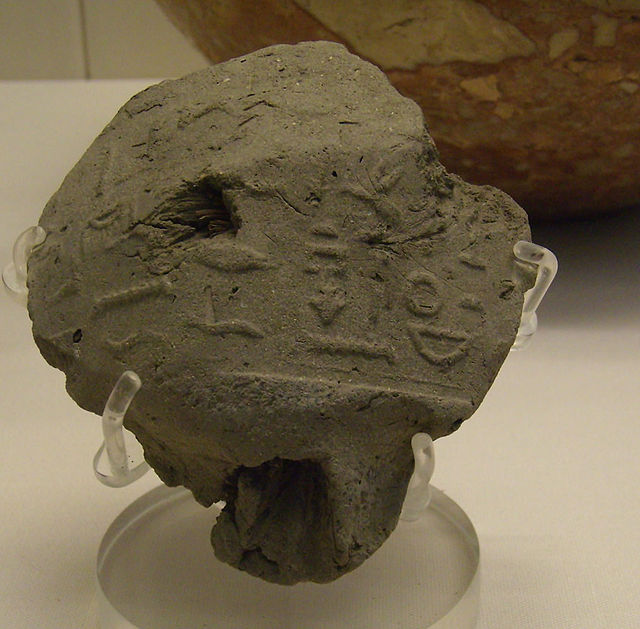Beja is an Afroasiatic language of the Cushitic branch spoken on the western coast of the Red Sea by the Beja people. Its speakers inhabit parts of Egypt, Sudan and Eritrea. In 2022 there were 2,550,000 Beja speakers in Sudan, and 121,000 Beja speakers in Eritrea according to Ethnologue. As of 2023 there are an estimated 88,000 Beja speakers in Egypt. The total number of speakers in all three countries is 2,759,000.
The ostracon which Francis Llewellyn Griffith believed bore writing in the Blemmye language. Gerald M. Browne and Klaus Wedekind believe this to be the ancestor of the modern Beja language.
The Afroasiatic languages, also known as Hamito-Semitic or Semito-Hamitic, are a language family of about 400 languages spoken predominantly in West Asia, North Africa, the Horn of Africa, and parts of the Sahara and Sahel. Over 500 million people are native speakers of an Afroasiatic language, constituting the fourth-largest language family after Indo-European, Sino-Tibetan, and Niger–Congo. Most linguists divide the family into six branches: Berber, Chadic, Cushitic, Egyptian, Semitic, and Omotic. The vast majority of Afroasiatic languages are considered indigenous to the African continent, including all those not belonging to the Semitic branch.
Seal impression from the tomb of Seth-Peribsen (c. 2690 BCE), containing the first complete sentence in Ancient Egyptian.


